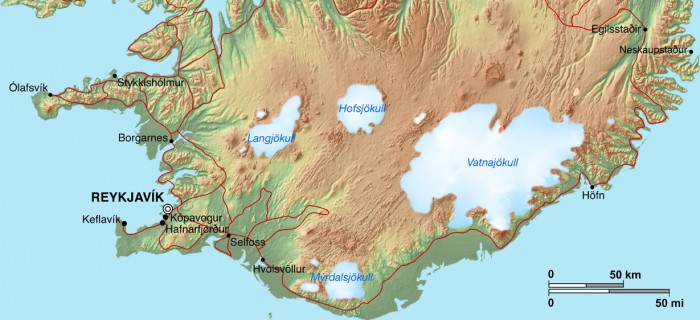Amazing new images published by the US Geological Survey (USGS) have revealed that two of Iceland’s ice caps shrunk by a significant amount between 1986 and last year.
The ice caps in question are situated on top of two of the country’s active volcanoes: Myrdalsjokull and Eyjafjallajokull, with the larger cap on the former and the smaller on the latter.
The images show that the ice remaining in 2014 is a dull, browny colour as a result of volcanic ash from eruptions over the years that have been more visible because of the receding ice.
Myrdalsjokull generally erupts once every 40 to 80 years and, as its last eruption occurred in 1918, geologists are forecasting another large one soon.
Eyjafjallajokull, meanwhile, is perhaps the North Atlantic nation’s most famous volcano because of its huge eruption in 2010, when trans-Atlantic flights had to be cancelled because of the amount of smoke and ash it spewed out. Six days of disruptions affected roughly 10 million travellers.
USGS scientists, who are closely monitoring the situation, explained that more than four decades of satellite observations have meant many of the world’s glaciers were accurately mapped and changes to their features were being closely monitored.

